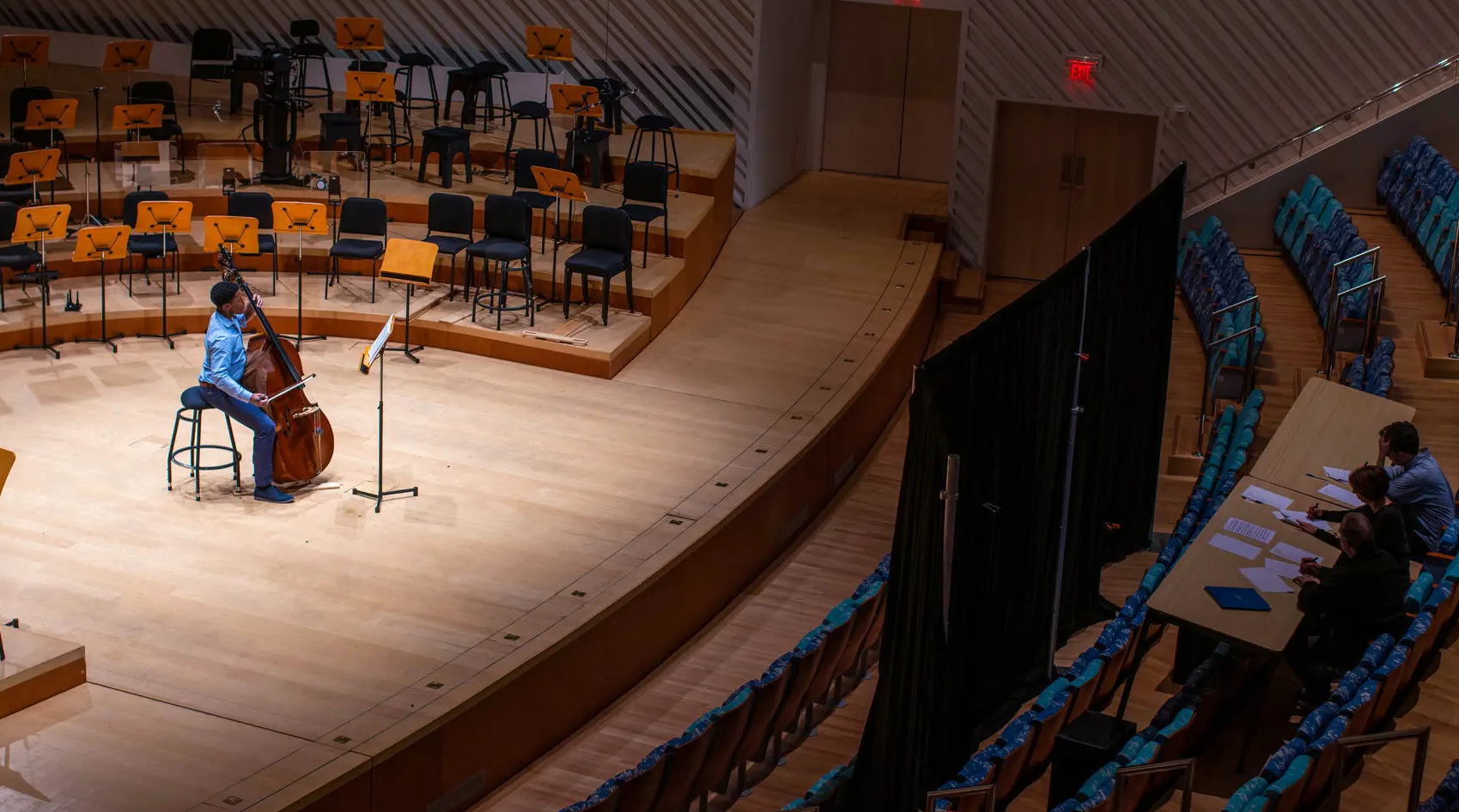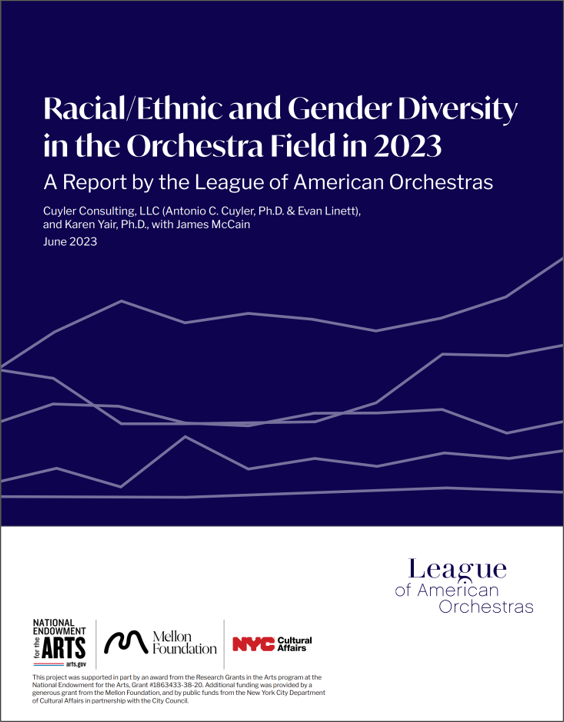News & Notes
Progress on representation? Some Juneteenth thoughts
There’s something ironic about spending this Juneteenth reading two new reports that remind us how far we still have to go to reach racial equity in the arts & culture professions — especially when it comes to Black representation and power in the field.
The first report is a major study from our friends at the League of American Orchestras, which has already been covered thoughtfully in the NY Times. The League’s 2022-23 survey data, which is compared in the report to similar data from about a decade ago, shows gains for Asian American and Hispanic/Latinx people in certain artistic, administrative, and governance roles in U.S. orchestras (and the authors of the study note that Asian Americans were already overrepresented compared to their presence in the U.S. population).
But Black or African American representation barely budged from its historically shameful levels. A decade ago, Black musicians made up only 1.8% of orchestras; today that figure is 2.4%. As the authors gingerly put it:
Black or African American musician representation has improved only very slightly since data collection began in 2010. In addition, Black or African American and Multiracial music director representation decreased between 2013-14 and 2022-23. [My italics.]
To me, it’s not just the glaring gap between 2.8% and the actual percentage of Black people in this country, which the report also provides: 12.6%. And it’s not just that the new figure comes despite all the interventions that orchestras and national advocacy organizations have undertaken to nurture musicians of color and lower barriers in recent years — the fellowship and training programs, audition support, capacity-building efforts, equity and inclusion workshops, and so on.
It’s how effectively America’s orchestras, and by extension the whole art form and cultural sector we call “classical music,” have shut themselves off from the creative energies of Black genius, Black joy, Black history, Black futures. As Titus Underwood, principal oboist at the Nashville Symphony and one of only two African American musicians in that 83-person orchestra, is quoted saying in the Times piece: “We must reflect American culture. And American culture is nothing without Black musicians being at the center.”
Yet that 2.8% figure is what happens when we define any art form in the narrowly European — that is, white-centered — and culturally supremacist ways that we’ve defined classical music for so long. In a sense, wanting and expecting more Black, Indigenous, and other people of color to buy into that definition and play in our orchestras is just a perpetuation of that white-cultural supremacy. Instead, or at least first, we should be thinking and talking about how to decolonize this art form, how to open it up not just to new people but to new cultural and musical influences, values, vibes, and visions.
Many people are doing that, of course. The music that orchestras play — whose music — is slowly changing, with new recognition for composers of color past and present, female composers, and artistic collaborators from outside of the classical world. But I rarely hear acknowledgments of the complex, necessary links between what is played and who ends up playing it: who feels recognized, welcomed, culturally and aesthetically aligned, and excited enough to make being an orchestra musician their calling and career.
Not to mention the links between all that and who’s listening, both in our gilded or modernist concert halls and at home with earbuds. It’s all related, and it all needs more work.
The second report I’m reading is an uncanny echo of the League’s, at least in some ways. But it’s about museum professionals, specifically workplace equity and organizational culture in U.S. art museums. Since this is a pre-release draft from our firm’s collaboration with Museums Moving Forward, the wonderful research-and-advocacy organization that has won support from the Mellon and Ford Foundations, among others, I won’t say much about it yet. But the authors — Jen Benoit-Bryan, Slover Linett’s former president (who also served as an advisor to the orchestra study); Mia Locks, founder of Museums Moving Forward; and Diane Jean-Mary, a strategy consultant focused on social change — have painted a detailed and often sobering portrait of the art museum profession. They drill down to the experiences of museum workers and the organizational dynamics that shape their careers, revealing not just of who’s in the profession and who’s not, but why.
It’s deeply valuable work, and I look forward to the public release in the coming weeks. Stay tuned…and stay hopeful.


